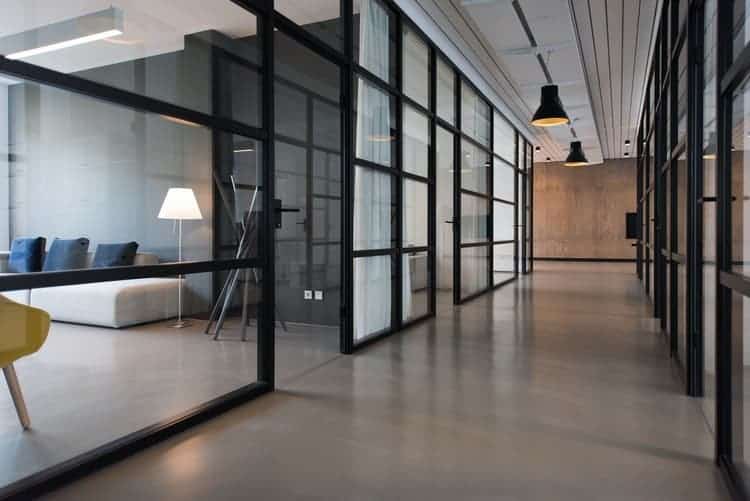The pandemic and the subsequent stay-at-home orders have emptied offices across the world, much to the frustration of real estate developers who are nervously following developments — and they are right to be very worried about their business.

Many companies have announced that they will allow their employees to work from home for good, pandemic or no pandemic. That’s the case for Twitter, for instance. Other companies, from Facebook to French automaker PSA, plan on allowing some or most of their employees to work remotely, while keeping a small hands-on staff at a physical facility.
It may seem like office spaces are doomed. However, that is highly unlikely because physical working spaces have their upsides thanks to the human connection that they offer.
Carlo Ratti, an architect and engineer by training, and the director of the Senseable City Lab at MIT, analyzed data pertaining to social interactions from MIT students, professors, and administrators during the pandemic.
Ratti and colleagues devised two models of the same communication network, one that describes interactions before the pandemic and the other during the shutdowns.
The results, which have yet to be peer-reviewed, show that people are exchanging more messages within a smaller pool of contacts during the pandemic, while decreasing their interactions with people outside their close-knit social circle.
In other words, when people are stuck at home and can’t see go to school or the office, they tend to deepen their existing strong ties at the expense of weak ties.
Both close relationships and casual acquaintances are important for society
Some might see nothing wrong in that, but Rotti argues that engaging with colleagues at work remotely has important drawbacks. He cites the work of sociologist Mark Granovetter who, in 1973, posited that societies are underpinned by both “strong ties” (close relationships) and “weak ties” (casual acquaintances).
A Zoom call with your work colleagues forfeits some opportunities for deepening weaker ties that would have otherwise been possible during face-to-face meetings, either in the conference room or in the pub after work.
Remote work can thus pose a significant social capital cost. After all, all close relationships first start off as casual.
That’s not all, though. According to Granovetter, strong ties tend to form dense but overlapping networks. In other words, our close friends often are close friends with one another. On the other hand, weak ties connect us to a larger more diverse network of people.
Think of all the instances you casually met someone at a conference or through another casual acquaintance at work, who later introduced you to a new and rewarding business, social, or dating prospect. In contrast, your inner social circle can be too tight and less able to provide such opportunities due to its sheer lack of social volume.
There are some very interesting online tools and ideas that attempt to virtually emulate the office-space social dynamic. Companies like Remo, for instance, offer a suite of services, including phone answering services, virtual “rooms” that can be booked for meetings, and innovative video and audio calls that mimic face to face conversations.
While commendable, such efforts likely still fall short of the richness of shared physical spaces.
After the pandemic, it is very likely that many employees — although not all — will continue to be employed remotely. But companies shouldn’t forgo offices entirely. One possible solution is allowing employees to work from home while ensuring that the time people spend at the office is productive in establishing weak ties, Ratti said.
“This could mean, for example, transforming traditional floor plans, designed to facilitate solitary task execution, into more open, dynamic spaces, which encourage the so-called cafeteria effect. (Nowhere is it easier to establish weak ties than while eating lunch in a cafeteria.) More radical redesigns may follow, with designers finding ways to generate serendipity, such as through choreographed, “event-based” spaces,” Ratti wrote for Shine.
“The COVID-19 crisis has shown that we have the tools to stay connected from a mountaintop — or our kitchen table, for that matter.”









